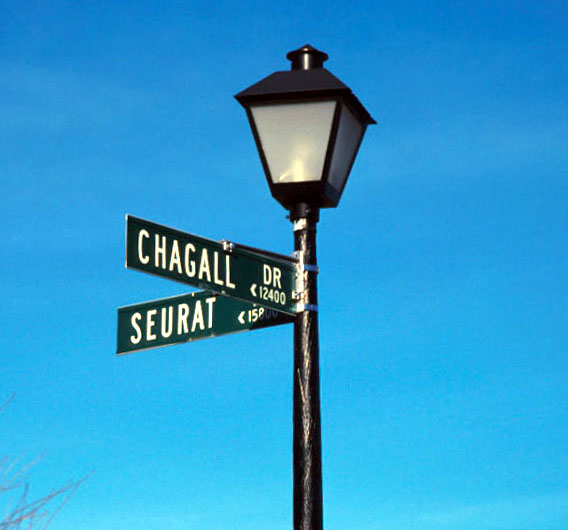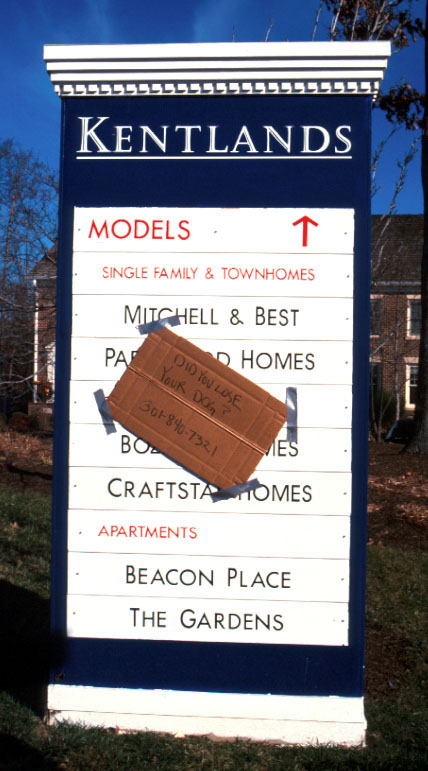What will our cities be in 25 years? The question calls up a caricature, a grotesque vision of ultimate ghettoization. The vision involves a permanent underclass of poor people, largely defined by race, in rotting urban enclaves with no public transportation worthy of the name. An affluent class lives far off in automobile suburbs, probably gated. A skyscrapered business center rises like a sterile Acropolis. Government is off in what it calls a "campus" somewhere. And all of it is spread out at regional scale, consuming enormous quantities of landscape, more like a small nation than the city as we have known it, and perhaps, like Miami today, with its own foreign policy.
To make something like this baroque vision come true, all we have to do, I suspect, is nothing at all. . . . But I want to suggest what architectural design might do, or has begun to do, to reverse the process of ghettoization, centrifugal dispersion, and sprawl. . . . From the New Urbanists we have learned that it pays to urbanize the suburbs, to build rational new towns, and to rebuild the poorest sections of our cities in the same way. A kind of brotherhood, long lacking, cannot help but develop. Yet everything still remains to be done to recreate the sense of community entire, to integrate housing with industry . . . and to reintegrate railroads into the system . . . . Trolleys . . . need to be used once again. And all of that is built, unlike the automobile, on a pedestrian base, on the willingness of people to walk a little bit -- and to live a good deal longer.


It is clear that the New Urbanism has already managed to create, or to revive, the kind of town and city environment that most Americans at all economic levels love best, and that is the most important thing about it. . . .
The reasons for (this new comity) lie deeper. They have to do with a revival of what the city has traditionally meant to human beings. It has instilled in them a special sense of their communal power to create a man-made theater for effective action, keeping nature at bay, perhaps even affecting its implacable laws. This has been so from Arak to Athens and to the pueblos of the American Southwest. Our rituals are different, but they still require a coherent urban structure for their stage.
The principle of the walkable neighborhood holds strongest in the biggest cities of all. It still shapes human beings, and if its structure goes, much of what is most human about us goes with it. We have not yet found a substitute for it, certainly not in the television set and the computer, not in the mythical global community of the electronic clmateric. (Scully 2000)